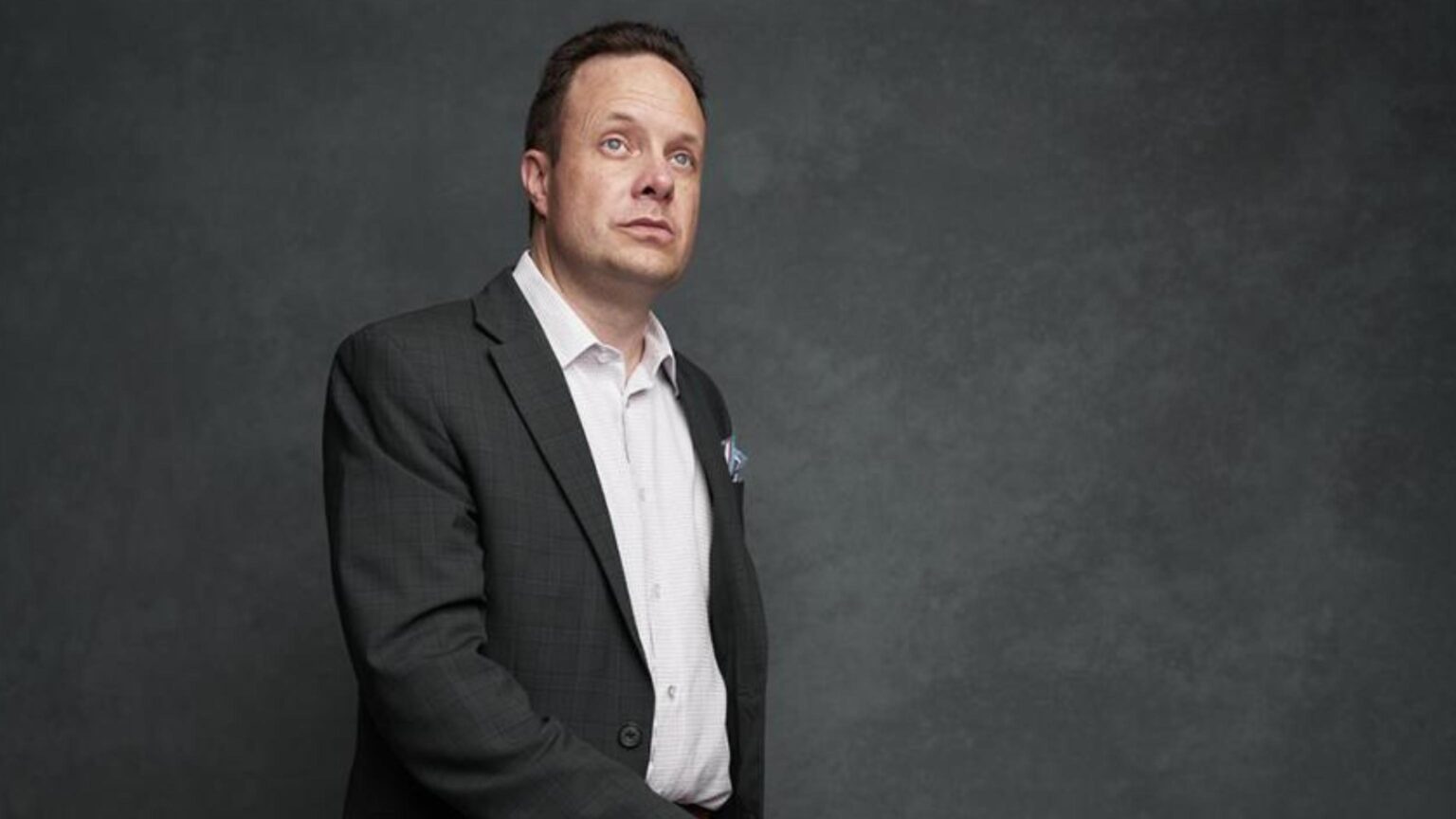

Over the last five years, Robert Fleisig’s engineering students have designed devices to help people pump gas, turn on a washing machine, unlock a grocery cart, open a door, and more.
For the recipients of the customized devices – seniors, or people in the community with health and mobility issues – the gadgets have made life easier and more comfortable.
But it’s the students who may really have had a life-changing experience.
Ideally, says Fleisig, who teaches design engineering courses to both first year and graduate students, they’ve seen first-hand the need for empathy, creativity and analytical listening skills in solving complex real-world problems.
“We’re pretty good at teaching students to work on complicated problems that involve technology and a lot of expertise and engineering modelling,” Fleisig says. “But what we don’t do so well is teach engineers how to solve complex problems.”
Complex problems typically have a human element, he explains. They involve stakeholders with opinions, people with conflicting needs and issues that need to be considered from a variety of perspectives.
“The reality is that the very big problems we are going to have to deal with as engineers are going to have a complicated aspect and a complex aspect,” he says. “Solutions aren’t just about whether something works in an engineering way.”
Fleisig immerses his students in complex real-life problems within the framework of McMaster’s IMPACT initiative. The multi-disciplinary project brings together students from engineering, biology and occupational therapy to collaborate on the creation of accessibility devices.
Working with real people encourages students to see the importance of developing solutions that meet the real needs – and possibly even unarticulated wants – of an actual client.
Fleisig reflects that engineers are too often not trained to ask the right questions. With all the focus on how to do something, they may not stop to consider who they are serving and how they are creating value. He believes a human-centric approach to engineering helps avoid the “designing in a vacuum” trap that can lead to great solutions that don’t solve real problems.
And while the technical skill required to do the complicated work is fundamental to engineering, he says that real innovation – the newest disruptive idea or technology – will only come about by addressing complex problems in a new way.
“You’ve got to ask the bigger, more integrative questions: does it actually create value, does it actually meet needs? And that’s not an engineering question, that’s not a technical question, it’s a human and emotional question.”


